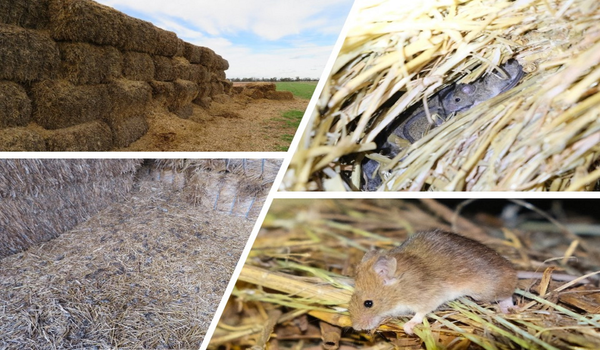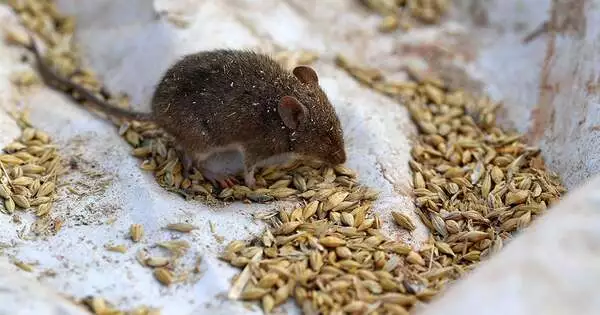A non-toxic method for keeping mice away from wheat crops has been shown to significantly reduce seed loss. The technique, developed by scientists at the University of Sydney, has the potential to revolutionize crop loss management due to mouse plague. In 2021, NSW Farmers predicted that the mice plague would cause $1 billion in crop damage in Australia.
The study, published in Nature Sustainability, was led by PhD student Finn Parker, with co-authors from the Sydney Institute of Agriculture and School of Life and Environmental Sciences, Professor Peter Banks, Dr Catherine Price, and Jenna Bytheway.
If a wheat crop is sprayed with diluted wheat germ oil during and after sowing, mice are estimated to steal 63 percent fewer wheat seeds than untreated controls.
The camouflage appeared to last until after the seeds germinated, which is the period of vulnerability when wheat needs to be protected. Most mouse damage occurs between the time seeds are sown and germination, which occurs just under two weeks later.
Professor Peter Banks
The researchers discovered that if the wheat plot was also sprayed with the same solution before planting, seed loss was reduced by an additional 74%. This is because, by the time the crop is planted, the mice have learned to ignore unappealing wheat odor.
“We discovered that we could reduce mouse damage even during plague conditions simply by making it difficult for mice to find food by camouflaging the seed odor.” “Because they’re hungry, they can’t spend all of their time looking for difficult-to-find food,” Professor Banks explained.
“When the smell of the seed is everywhere, they’ll just go and look for something else instead of being encouraged to dig. That’s because mice are precise foragers that can smell seeds in the ground and dig exactly where a seed is, but they can’t do that in this situation because everything smells like the seeds.

“This misinformation tactic could work well in other crop systems, indeed any animal that finds food by smell is potentially vulnerable to us manipulating that smell and undermining their ability to search.”
Mr Parker said the camouflage treatment could be an effective solution for wheat growers, given wheat’s brief vulnerability.
“The camouflage appeared to last until after the seeds germinated, which is the period of vulnerability when wheat needs to be protected,” he explained. “Most mouse damage occurs between the time seeds are sown and germination, which occurs just under two weeks later.” Mice cannot develop resistance to the method because it employs the same odor that mice use to locate wheat seeds.”
The study was carried out on a farm 10 kilometers north-west of Pleasant Hills, New South Wales, in May 2021, with five treatments tested across 60 plots. The wheat germ oil solution was used in two of the treatments. Control plots were covered in canola oil, trampled, or left untreated in the other three treatments. All control treatments performed similarly, receiving significantly more damage than treated plots.
Wheat germ oil is a low-cost byproduct of the milling process. According to the authors, their solution, which consists solely of diluted wheat germ oil in water, provides a sustainable, non-lethal alternative to pesticides and baits.
“If people want to control mice but can’t get the numbers down low enough, our technique can be a potent alternative to pesticides or add value to existing methods,” Dr Price said.
The study could help wheat farmers at a critical juncture. The number of mice is increasing, and wheat is sown in mid-autumn. The researchers intend to investigate how diluted the concentration can be while still repelling mice, as well as how frequently the solution must be sprayed on a crop to remain effective.





